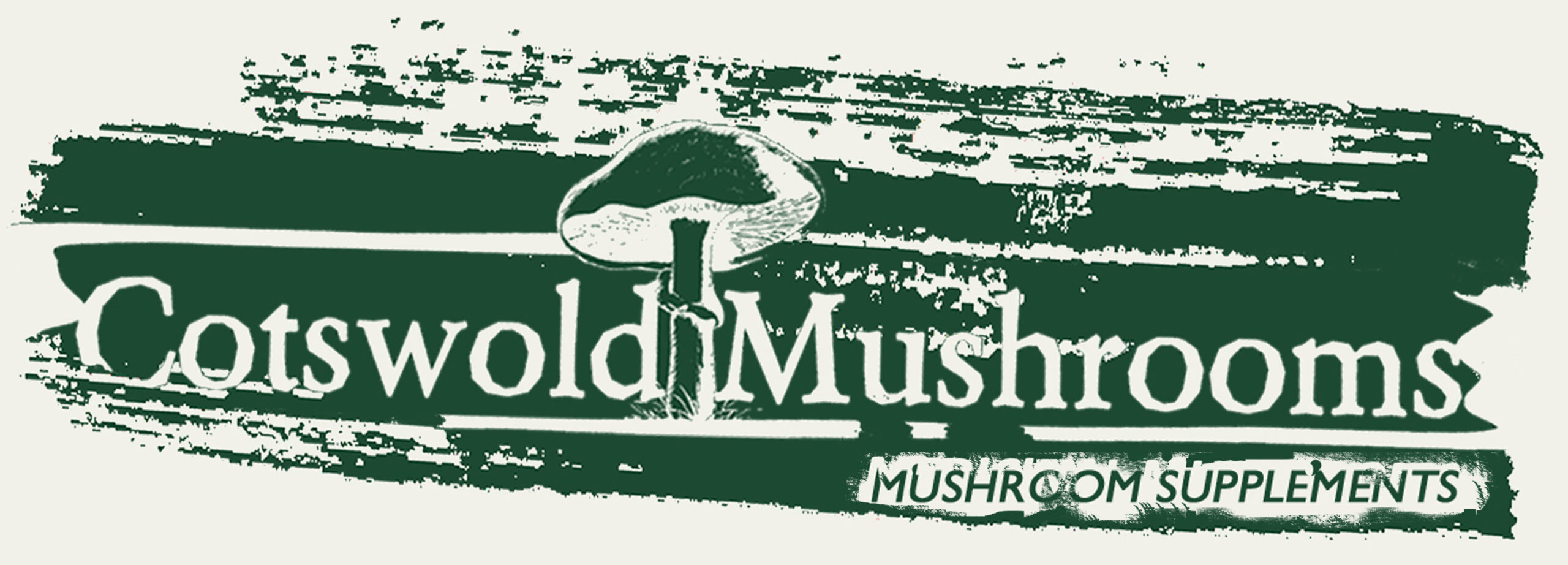In terms of which contains the most potent or beneficial active compounds the debate between mushroom fruiting body (and its extracts) and mycelium is somewhat complex.
According to renowned mycologist Paul Stamets, the mycelium is the better choice, however…
…there are a few variables to consider when discussing which is best, mushroom fruiting body (and its extracts) or mycelium.
There are two main ways to grow mushroom mycelium:
- In liquid. Called liquid culture.
- On grain. Called grain spawn.
Liquid culture

Liquid culture refers to a jar of sterilise sugar water which has been inoculated with either a small piece of mushroom fruiting body, mushroom spores or mushroom mycelium taken from an agar plate. The latter is the preferred method.
Suspended in the sugar solution the mushroom mycelium starts to grow until all the nutrients within the solution are used up by the mycelium. In the right conditions mycelium can be stored in the way for up to 12 months.
As Stamets states, the mycelium is jam packed with active compounds. In fact, the mycelium is a highly concentrated powerhouse of beneficial ingredients but processing this pure mycelium into something like a powder which can be consumed is not possible as it will turn into a rotten slimy mess once exposed to oxygen outside of the liquid.
As yet, I do not know of any preservation method that allows pure mycelium to be dried or processed in a way that allows it to be consumed within capsules or as a powered without destroying the mycelium.
So, although mushroom mycelium is perhaps more potent then mushroom fruiting body and its extracts the only way to process it is via grain spawn.
Grain Spawn

Mushroom grain spawn is simply mycelium grown on sterilised grain, such as wheat, barley, corn or sorghum.
Sterilised in a jar or heat resistant bag, the grain is soaked and sterilised within the jar.
After cooling, a piece of mycelium is introduced onto the grain via liquid culture syringe or a transfer from agar plate culture. This step needs to be performed in an aseptic environment such as in front of a HEPA filter flow unit to prevent contamination.
Once inoculated the grain will slowly be consumed by the white fibrous mycelium.
After a week or two the grain will look to be completely engulfed by mycelium and completely white. However, inside the bag much of the grain will still be unpenetrated by mycelium. If this grain spawn were to be decanted, dried and powdered it would contain a significant portion of uninoculated or partially inoculated grain.
To ensure the maximum amount of mycelium and make sure the every grain is not only covered but deeply penetrated by mycelium the grain spawn should be broken up and allowed to recanalised several times.
This would be the difference between a good quality source of mycelium biomass powder and a poor quality source.
So, in conclusion, if pure mycelium could be transformed into a powder then this would arguably be provide a wider range of active compounds when compared to mushroom fruiting body (and its extracts).
However, using grain spawn is the only effective method we currently have to make consumable mycelium-based powders and less reputable mushroom supplement companies may skip a few steps to produce mycelium powder that is mostly grain compared to mycelium.
NOTE: For maximum conversion of substrate/grain to mycelium and production of secondary metabolites our Lions mane mycelium capsules are made from grain spawn with extended grow cycles to 60-90 days (most companies harvest after 30 days). We also use sorghum to grow our Lions mane mycelium so this product is wheat free.
-
 Lions Mane MYCELIUM Capsules£12.99
Lions Mane MYCELIUM Capsules£12.99

